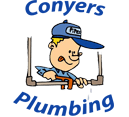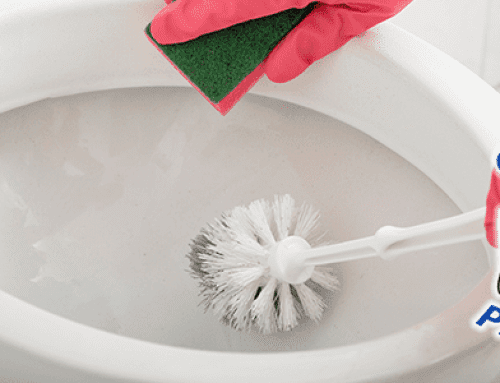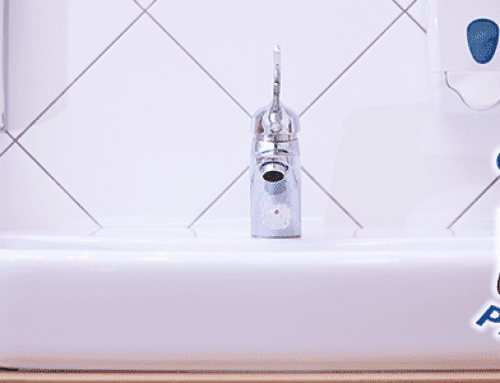Last week we began our discussion about the history of plumbing. The earliest plumbing developments happened where the earliest civilizations did. Ancient Egypt and India are responsible for many plumbing developments, Europe seemed to catch up during the 1600s and 1700s. This week, we are continuing to explore the history of plumbing from the 1800s onward. Read on to learn the rest of the story as to how we got to indoor plumbing.
The 1800s
Just before the turn of the century Scottish inventor Alexander Cummings developed the first prototype of the modern toilet. The flushing toilet that had been brought to the UK a couple 100 years before was an improvement for its time, but still had some definite drawbacks. Primarily, the water nearly always smelt of sewage. Cummings improvements assured that toilets would no longer smell, and they were easier to clean.
There was a lot of innovation for plumbing in the 1800s.
Philadelphia was the first American city to get a truly built out irrigation system. The first shower as modern people recognize it is introduced. In Boston, the first indoor plumbing system for a luxury hotel was constructed in the states. Additionally, soap was introduced during bathing for the masses. The White House had indoor plumbing installed. Chicago was the first city in America to have a comprehensive sewer system. And more updates were made to the modern toilet, bringing it amazingly close to what we still use today.
Early 1900s
As plumbing became more common in the early 1900s, the idea of a plumbing company became comes to fruition.
In 1910, the toilet went through one more technological innovation, and became exactly like what we are used to today.
This is the time that indoor plumbing becomes standard across the United States, particularly in urban areas. In Europe, cities had running water, but many rural spaces would not get indoor plumbing for decades.
Mid- & Late-1900s
Just as with many other industries, plumbing had to adapt to World War II and post-war life. The war made metal very scarce, so repairing pipes was difficult. Up until this point, most pipes were made of cast iron or copper. Neither of those metals could be spared for a luxury like indoor plumbing in mid-century America and Europe. Due to this shortage, nonmetallic piping systems are introduced for the first time. Primarily, plumbers tended to favor plastic pipes.
That nearly brings us to modern day, but the 80s and 90s we’re a time of looking to the future. There was a new millenia approaching, and apparently that new millenia called for plumbing tech. In the 80s sensor flushing toilet seats are introduced in Japan. This begins a long history of plumbing innovation in eastern Asia.
Modern Day
Modern plumbing ensures that we live a healthy, hygienic, and happy life.




